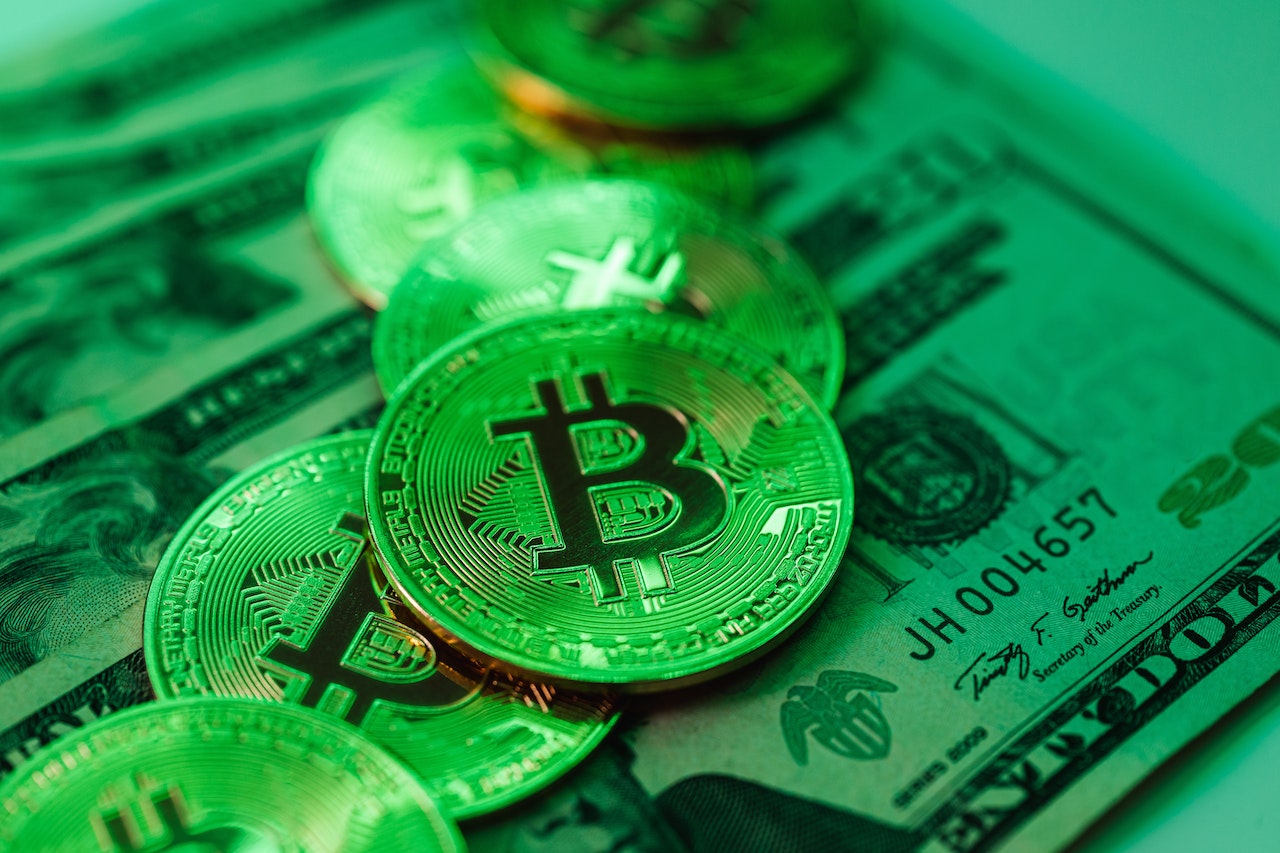Blog
Asset Tokenization Revolution: Dai and STOs Leading the Way
Tokenization has emerged as a groundbreaking technology in the world of finance, revolutionizing the way assets are represented and traded digitally.
This article explores the role of Dai, a stablecoin, and Security Token Offerings (STOs) in the process of tokenizing assets. Tokenization improves the speed, security and liquidity and using the effective ways to day trade bitcoins.

Introducing Dai: The Stablecoin for Asset Tokenization
Dai is a stablecoin that has gained significant traction in the realm of asset tokenization. As a decentralized digital currency, it is built on the Ethereum blockchain and operates within the framework of smart contracts. What sets Dai apart from other cryptocurrencies is its stability, which is achieved through an innovative mechanism known as a decentralized autonomous organization (DAO).
The stability of Dai is maintained through a system of collateralization, primarily using Ethereum-based assets. To create Dai, users lock up their collateral in a smart contract called a Maker Vault and generate the stablecoin in return. This process ensures that each Dai token is backed by a specific value of collateral, mitigating the volatility often associated with cryptocurrencies.
By leveraging the stability of Dai, asset tokenization becomes more accessible and reliable. Asset tokenization refers to the process of representing real-world assets, such as real estate, artworks, or commodities, as digital tokens on a blockchain. These tokens can then be traded, fractionalized, and accessed by a broader range of investors.
The use of Dai in asset tokenization offers several advantages. Firstly, the stability of Dai provides a reliable pricing mechanism for tokenized assets. Unlike traditional cryptocurrencies that experience significant price fluctuations, Dai’s pegged value to the US dollar ensures that tokenized assets maintain a consistent valuation, enhancing transparency and reducing risks for investors.
Moreover, Dai facilitates increased liquidity in the tokenization process. With its widespread acceptance and compatibility with various decentralized exchanges (DEXs), Dai tokens can be easily traded for other cryptocurrencies or fiat currencies. This liquidity opens up new possibilities for investors, enabling them to quickly and efficiently enter or exit positions in tokenized assets.
Dai’s integration with the Ethereum blockchain also brings global accessibility to asset tokenization. Ethereum’s widespread adoption and infrastructure provide a solid foundation for the creation and trading of tokenized assets. By utilizing Dai as the stablecoin of choice, tokenized assets become borderless and can be accessed by investors worldwide, fostering a more inclusive and decentralized financial ecosystem.
Also Read: How is Bitcoin Value Determined?
Advantages of Dai in Security Token Offerings (STOs)
Dai, the stablecoin built on the Ethereum blockchain, offers several distinct advantages in the context of Security Token Offerings (STOs). STOs are a mechanism for issuing digital tokens that represent ownership or shares in a real-world asset, such as equity in a company, real estate, or investment funds. Here are the key advantages of using Dai in STOs:
Enhanced Liquidity: Dai’s stability and widespread acceptance contribute to increased liquidity in STOs. By using Dai as the primary medium of exchange, STO participants can easily trade their tokens on decentralized exchanges (DEXs) and access a larger pool of potential buyers and sellers.
Mitigating Price Volatility: Price volatility is a significant concern in the cryptocurrency market, but Dai’s stable value alleviates this issue in STOs. By anchoring tokenized assets to Dai, issuers and investors can ensure that the value of their holdings remains relatively stable. This stability enables more accurate pricing, reduces investment risks, and provides greater confidence for participants in STOs.
Global Reach and Cross-Border Transactions: Dai’s integration with the Ethereum blockchain enables seamless cross-border transactions in STOs. As a global stablecoin, Dai can be used by investors from different regions, eliminating the need for complex currency conversions or navigating various regulatory frameworks.
Compliance with Regulatory Requirements: STOs often require compliance with regulatory frameworks, such as securities laws. Dai’s stability and transparency make it easier for issuers to meet regulatory requirements. By utilizing a stablecoin like Dai, STOs can align with traditional financial regulations, ensuring investor protection and legal compliance.
Fractional Ownership and Accessibility: Dai facilitates fractional ownership in STOs, making investments more accessible to a wider range of participants. Fractional ownership enables individuals to own a portion of an asset rather than requiring full ownership. This feature allows smaller investors to enter the market, democratizing access to investment opportunities that were previously limited to high-net-worth individuals or institutional investors.
Also Read: The Best Crypto Wallets for Online Casinos in 2023
Conclusion
Dai’s stability and compatibility make it a powerful tool in revolutionizing the tokenization of assets through Security Token Offerings (STOs). By providing enhanced liquidity, mitigating price volatility, and enabling global accessibility, Dai paves the way for a more inclusive and efficient financial ecosystem. Its role in STOs propels the digitization of assets and opens up new opportunities for investors worldwide.
